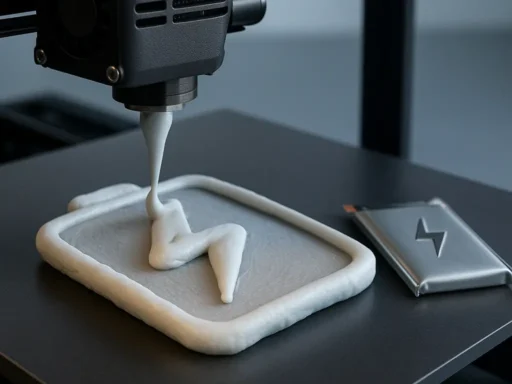British automotive giant Bentley has celebrated 25 years of additive manufacturing by providing a deep dive into the way it uses the technology to build luxury vehicles.
Over the last quarter of a century, the firm has steadily integrated the technology into its prototyping, tooling, and single-part manufacturing processes. Ahead of the launch of Bentley’s first fully-electric car, a Luxury Urban SUV, its R&D board member Matthias Rabe has praised 3D printing’s role in accelerating product design and helping it go electric at pace.
“Additive manufacturing continues to play a vital role in the product development process, and our capability and expertise in this field has gone from strength to strength,” said Rabe. “The ability to rapidly produce and iterate components has advanced how we develop our models and offers further opportunities as we electrify our model range and create our next generation of extraordinary cars.”
Headquartered in Crewe, UK, Bentley’s 3D printing activities have expanded significantly since it first utilized the technology in the production of its first-generation Continental GT. Its Engineering Technical Centre is now home to 13 machines, which operate using six different technologies for rapid prototyping, as well as enhancing the company’s production lifecycle.
Bentley continues to use FDM and MJF 3D printing for all sorts of projects – from large functional parts to aerodynamic prototypes. Using Lithography-based Metal Manufacturing or LMM, its engineers have even managed to scale down and 3D print an entire W12 engine block, while retaining the tiniest of details on a 5 mm-sized model.
Overall, additive manufacturing is said to accelerate product development and make physical prototyping less wasteful. Perhaps they should take a leaf out of Tucci Hot Rods’ book. The company designs custom automotive parts by 3D scanning vehicles first. In doing so, the firm has reduced material wastage even further, while driving down iteration lead times.
Bentley may have now 3D printed over 125,000 parts, but it’s not stopping there. Its new 3D printing prototyped EV is set to break cover in 2026, taking it into uncharted territory where advanced technologies will surely continue to take a lead.





